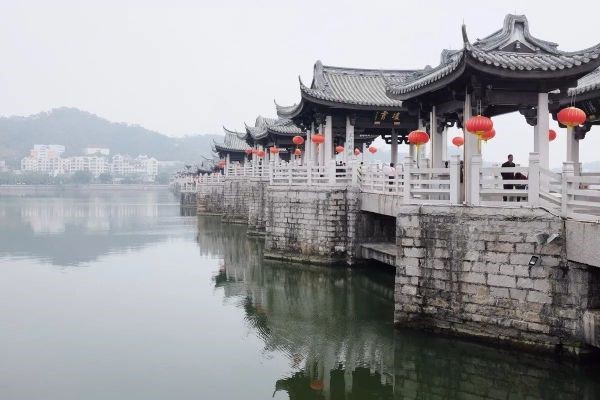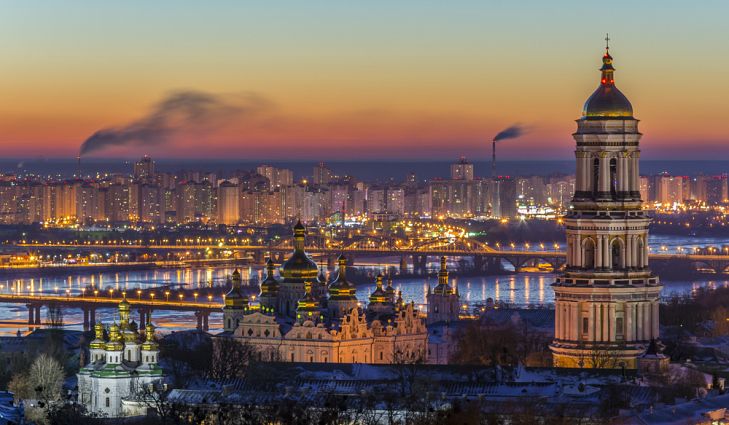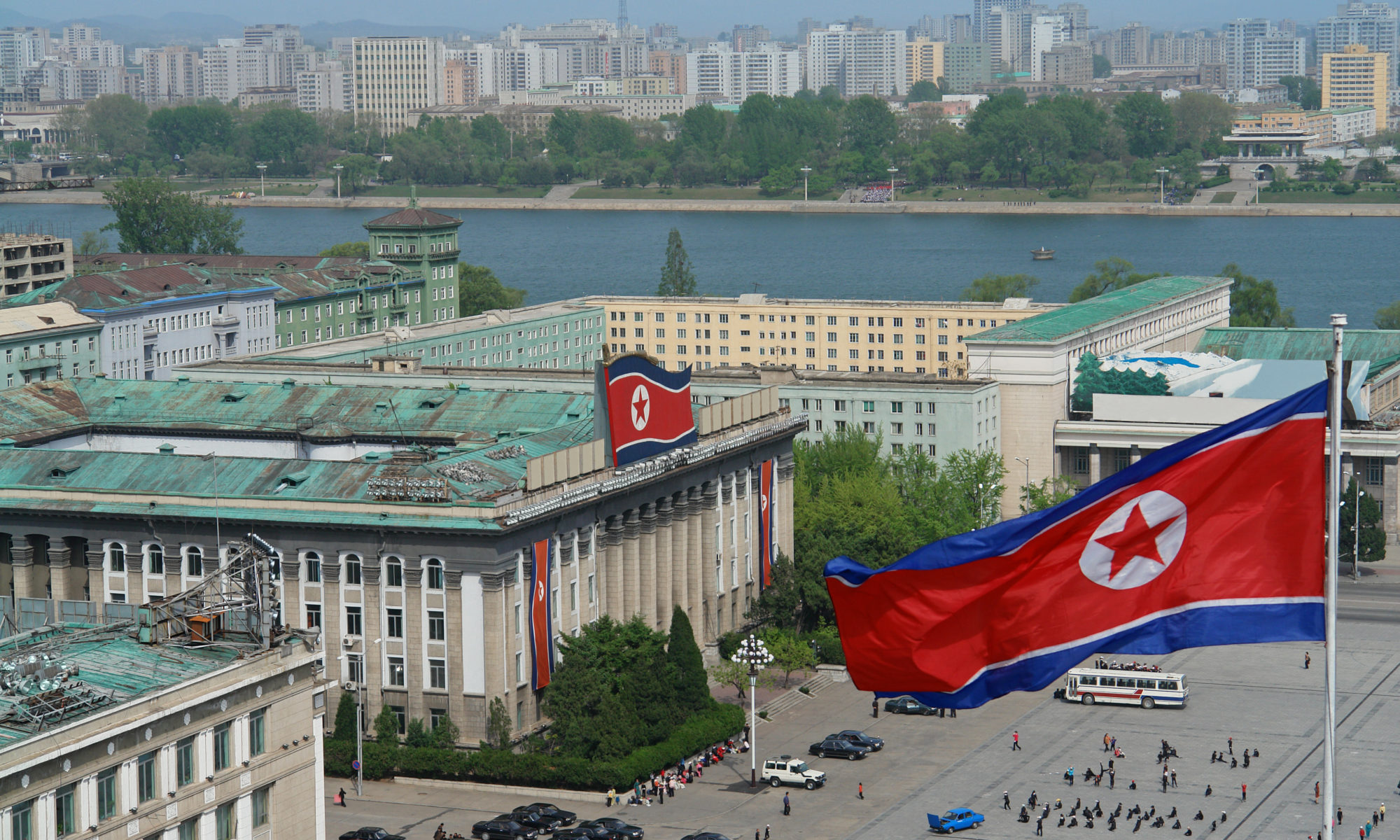
Resource Person
Katharina Zellweger manages KorAid Limited, an NGO which she established in 2015, based in Hong Kong, to focus on serving children in institutions and people with disabilities in North Korea and in China. KorAid has further potential for engagement in additional projects in these countries.
Zellweger brings over 30 years of field experience as a senior aid manager in Hong Kong, China and North Korea to this undertaking. She was based in Pyongyang for five years (2006-2011) as the North Korea country director for the Swiss Agency for Development and Cooperation (SDC), an office of the Swiss Ministry of Foreign Affairs. At SDC her work focused on sustainable agricultural production to address food security issues, income generation to improve people’s livelihoods, and capacity development to contribute to individual and institutional learning. Before joining SDC, from 1978 to 2006, Zellweger worked in a senior capacity at Caritas-Hong Kong, a Catholic agency, playing a key role in pioneering the Caritas involvement in China and in North Korea.
Zellweger is currently also a North Korea Program Affiliate/Visiting Fellow at the Center for International Security and Cooperation at Stanford University in California. She is an expert and frequent presenter on the current situation of the North Korean people, giving talks to audiences in the U.S., Europe, and elsewhere. She has also made significant contributions to the field through her participation in workshops, seminars, and conferences concerning both humanitarian and security issues on the Korean peninsula, most specifically regarding North Korea. Moreover, from time to time she accompanies exclusive tours to North and South Korea.
This year’s festival theme of PEACE is a reference to the founding members and their principle of the Salzburg Festival being a peace project.
1920: Founding the festival directly after the war, it was seen as one of the first deeds of peace “”. The festival was started to shine as a guiding light in the search for both the restoration of identity and the meaning of life after the First World War.
Geographically, this trip is focused on Central Europe , starting off in Salzburg and its beautiful lake region of Salzkammergut “. The Northern part of our journey will cover the neighboring region of Bohemia in Czech Republic . This culturally rich region has nurtured one of the most picturesque towns in Europe, Prague, the capital of Czech Republic.
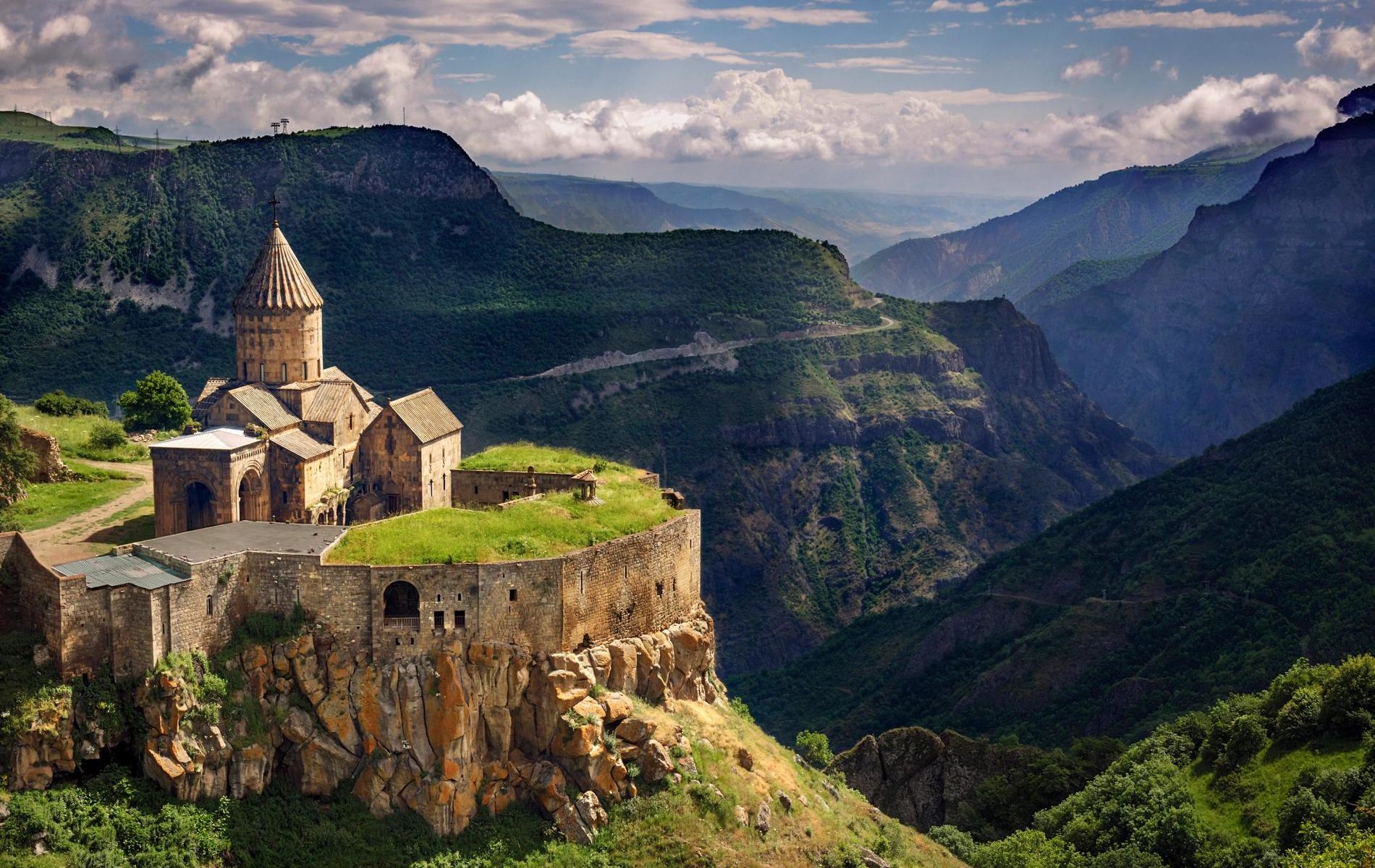
Armenia and Georgia constitute a cultural, historical, and religious intersection located at the crossroads between Europe and Asia. The boundless beauty of their landscapes, from the desert to the Caucasus Mountains, fertile valleys, picturesque land formations, basalt columns, rock sculptures, and waterfalls, will leave you speechless. Armenians and Georgians have cherished their artistic traditions from ancient times, which reflect a unique culture where aspects of everyday life are expressed in the most artistic fashion, in needlework, embellishments, carvings and design.
Armenia is often referred to as an open-air museum, with over 4,000 historical monuments throughout the country from prehistoric to Hellenistic times, and from the early to medieval Christian era. Churches bear artistic illustrations in frescoes and reliefs. Sculpting is everywhere – in nearly every city, town, and village in Armenia.
Georgia throughout the centuries was the object of rivalry between Persia, Turkey and Russia, before gaining independence in 1991. This special historical background with the recorded history of Georgia dating back to 2000 B.C., has given Georgia a unique and ancient cultural heritage, famed for its traditions of hospitality and cuisine.
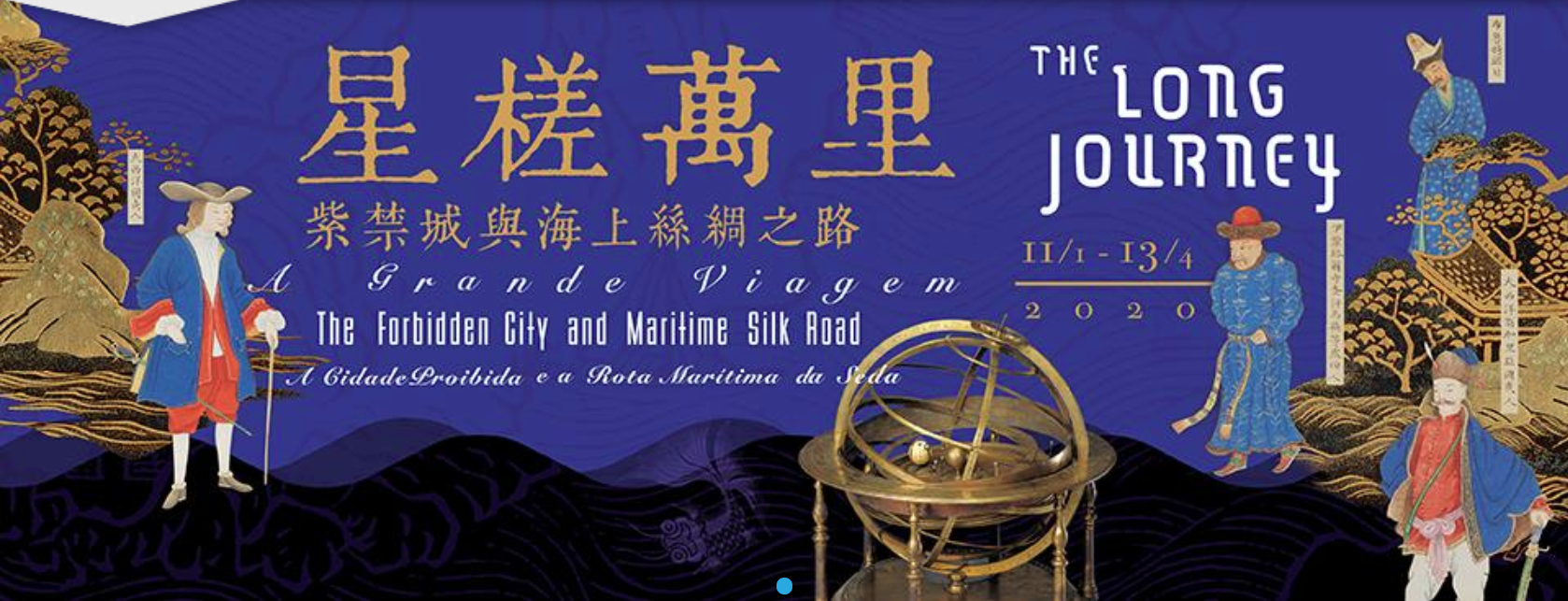
Overview
The HKU Museum Society is pleased to have Dr. Joseph Ting lead us on a day trip to Macau. The programme for the day begins with a ferry ride to Macau to see the exhibition “The Long Journey: The Forbidden City and Maritime Silk Road” at the Macao Museum of Art (MAM), followed by a simple lunch and a short afternoon walk between Santiago to Government House along the Praya. We then board the 17:20 ferry back to Hong Kong.
* Please note itinerary is subject to change with or without prior notice.
The Exhibition
The exhibition is co-presented by the Palace Museum and the Macao Museum of Art. It follows the theme of ‘One Belt, One Road’ without forgetting the original purpose of the Maritime Silk Road, while reflecting on history and looking to the future. Large in scale and rich in content with a wide array of exhibits, the exhibition prompts the public to retrace the history of Chinese and Western cultural exchanges throughout the Maritime Silk road, a route of civilisation. The exhibits include treasures of the Qing Palace from the collection of the Palace Museum, and newly added cultural relics after the founding of the New China.
Resource Person
Dr. Joseph Ting (丁新豹博士) majored in Chinese Literature and Chinese History from Hong Kong University and graduated with a BA degree in 1974. He was conferred an MPhil in 1979 and a PhD in 1989, both from HKU. Dr. Ting joined the Hong Kong Museum of Art as an Assistant Curator in 1979 and was appointed Chief Curator of the Hong Kong Museum of History in 1995. He retired in 2007 after 28 years of service. He is currently an Honorary Professor of School of Chinese, University of Hong Kong, as well as an Adjunct Professor in the Department of History at the Chinese University of Hong Kong.

The University of Hong Kong Museum Society is pleased to present a tour to discover the enchanting beauty of Mauritius and Madagascar.
Although famously misquoted of Mark Twain that “Mauritius was made first and then heaven, heaven being copied after Mauritius”, it is nevertheless true that the country is blessed with azure waters, powder-white beaches and varied flora and fauna. This island nation in the Indian Ocean off the coast of the African continent was once under the rule of the Dutch, French, and the UK before its independence in 1965. Its colourful history has cultivated a country of people that are multiethnic, multi-religious, muticultural and mutilingual. This is also reflected in its unique cuisine that carries influences from Indian, Creole, French and Chinese dishes. Transformed from little quiet fishing villages, Mauritius is now a country with a highly ranked economy based on tourism, textiles, sugar and financial services.
In contrast, Madagascar remains very much a nature lover’s paradise – a unique and rich diversity of wildlife that has evolved in splendid isolation for more thean 80 million years. Madagascar has more species of endemic flora and fauna than any other places on earth. Most famous among them are the lemurs, adorable furry primates that are found nowhere else in the world.
Madagascar is also big – the 4th biggest island in the world. It would take several weeks treveling over rugged roads to fully appreciate its spectacular diverse terrain, each sheltering its own unique species of lemurs. To minimise road travel by coach, our exclusive tour will take us by private charter flights to access the remotest corner of the country and allow us to experience its incredible diversity. We will benefit from a leading primatologist accompanying us for 2 days at Andasibe National Park, the ideal place to observe many species of primates.
In 2015, the HKU Museum Society organised a weekend trip to Chaozhou and Shantou with a focus on the architectural gems in the region. This year, we will embark on the new high-speed train from the West Kowloon Station for a culinary journey curated by our Endowment Fund Advisor Charles Mak to savour specialties from some of the best Chaoshan restaurants and eateries of this region.
Our excursion will revisit some of the historic monuments that witness the development of Chaoshan as an important cultural centre in the Lingnan region. We will discover the authentic taste of Chaoshan cuisine, known for using the freshest produce from its surrounding mountain ranges and abundant seafood harvested from local rivers and sea. Renown for seafood, goose, beef and vegetarian dishes, the Chaoshan cuisine is heavily influenced by Cantonese cooking in style and technique but uses many ingredients similar to its Fujian neighbour. This is a trip to celebrate the culture of Chaoshan!
The HKU Museum Society is pleased to present “Tradition & Modernity: A Tour of Fujian – Taiwan” with Professor David Lung (龍炳頤教授). Professor Lung led a Museum tour to Chaozhou two years ago. He has retired from teaching and is currently holding honorary professorships in Department of Architecture and in Institute of Humanities and Social Sciences at HKU. His research interest is in the areas of vernacular architecture, heritage conservation and history of Christian thought, liturgy and ecclesiastical architecture.
In this trip, Professor Lung will bring forward the theme of cultural diversity of Fujian Province with visits to places where Christianity, Manichaeism, Islamism, Buddhism, Taoism once flourished. We will experience the communal way of living of the Hakka people in the traditional mud buildings. The trip will also explore the Kinmen Island, once a restricted military combat zone for over 5 decades.
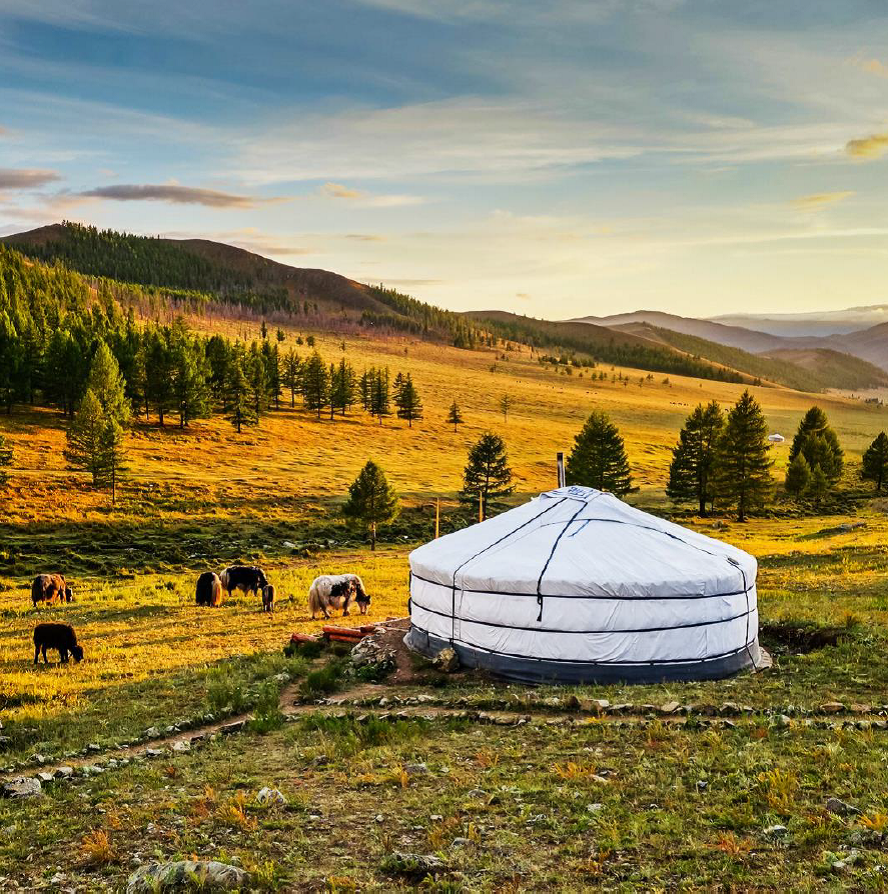
Catherine Maudsley is a HK based art historian, art consultant, curator, educator and writer.
The recipient of over twenty awards for exceptional achievement, Catherine was a Connaught Research Scholar at the University of Toronto, a Canada-China Scholar at the Central Academy of Fine Arts, Beijing, and a Commonwealth Scholar at the University of Hong Kong. She has taught at the Dept. of Fine Arts, HKU and has served on the Executive Committee of the HKU Museum Society, the Oriental Ceramic Society of Hong Kong and as a Council Member of the Hong Kong Art School.
Catherine is deeply fascinated by the religion and art of Mongolia. As a long-term member of the global organisation, Foundation for the Preservation of the Mahayana Tradition (FPMT), she will lead us on a visit to Ganden Do Ngag Shedrub Ling, FPMT Mongolia Dharma Center in Ulaanbaatar to learn about the resurgence of religion in Mongolia since its repression under the nation’s communist regime. Since 1995, when Catherine went to San Francisco to see the landmark international exhibition Mongolia: The Legacy of Chinggis Khan at the Asian Art Museum, she has been captivated by the sincerity, finesse and sophistication of sculpture by Zanabazar (1635-1723) whose work we will see at The Fine Arts Zanabazar Museum.
Very few people are aware that Ukraine is the largest country in Europe in land size. Its history has been forged with numerous conflicts and warfare interspersed with construction and advancement of different group identity. As Ukraine is located on the north shore of the Black Sea, with the crisscrossing of ancient trade routes, many cultures rose and waned, and many tribes and people groups occupied the land leaving their marks in tangible and intangible heritage.
– Professor Puay-peng Ho
Discover the heritage of an incredible land where castles, ancient monasteries and traditions will disclose their mysteries and beauty. Unveil the unknown beauty of a European country full of surprises, an astonishing culture and massive artistic heritage. Churches and monasteries, Castles and fortifications, UNESCO sites. Dive into an amazing discovery experience of Romania and its traditions.






